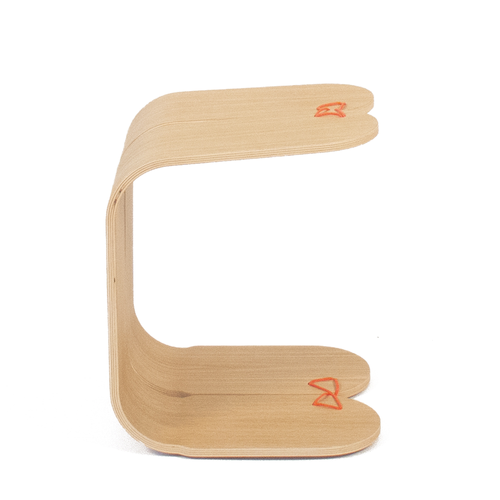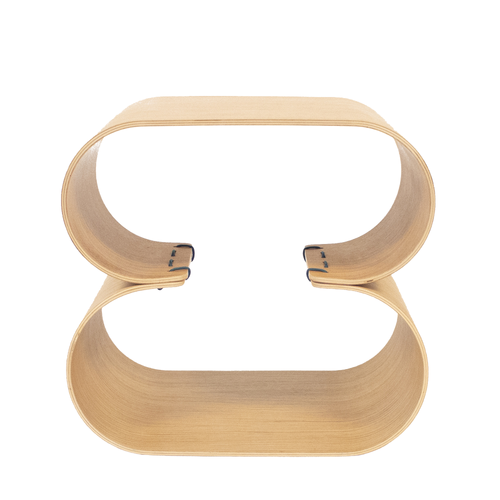ADHD chairs: The Movement Revolution
There’s been a rise in ADHD chairs seats specifically designed to let people move while sitting. Think wobble stools, bouncy balls, active sitting chairs… These aren’t just trendy office gimmicks; they’re tools to support focus, engagement, and physical health. And the MOWO stools are definitely part of it!
Our designs weren’t made especially for ADHD. But they do support movement. Whether you're a shifter, a mover, or just someone who hates being stuck in one position, our products invite your body to stay active. Movement is natural. It’s healthy. And maybe... it’s exactly what your brain needs too.
This is exactly where our Vivi stool comes in. With its split and cantilevered seat, it naturally invites you to bounce and move your hips. It doesn’t force your body to stay still but it gives it permission to move whenever needed.
How do people with ADHD sit?
Some fidgeters don’t just move because they want to - they move because they need to. This is often the case for people with Attention-Deficit/Hyperactivity Disorder (ADHD), particularly the Hyperactive-Impulsive or combined types.
ADHD is a neurological condition that affects focus, impulse control, and activity levels. One of the clearest signs of hyperactive ADHD is an inability to sit still for long. Why? ADHD coach Neil Peterson explains it like this:
"Having ADHD means you have a brain thats hungry for reward, stimulation, something interesting. Uninteresting tasks dont fulfill that need, which is why we tend to have a hard time sustaining focus on them. Essentially, sitting still is the perfect example of an “uninteresting task” thats unrewarding and unstimulating. By definition, sitting still is less stimulating than moving around. When I say that people with ADHD have an “aversion” to sitting still, that doesnt mean we deliberately decide “Im going to seek out stimulation and not sit still.” Rather, we feel the lack of stimulation viscerally, and our brains automatically try to balance things out through fidgeting."
Movement isn't the enemy
For a long time, not being able to sit still was seen as a problem. In school, kids were told to “stop fidgeting.” In the workplace, bouncing knees or pacing during calls might get side-eyes. But here’s the thing: sitting still for long periods isn’t actually that healthy.
Research shows that constant, low-level movement - like standing up often, shifting position, or fidgeting - can help increase blood flow, reduce strain, and even improve concentration. In fact, staying still for too long has been linked to physical issues like back pain, muscle stiffness, and poor circulation.
So, for people with ADHD - or anyone who just needs to move - it is actually their body doing something smart, not wrong.






